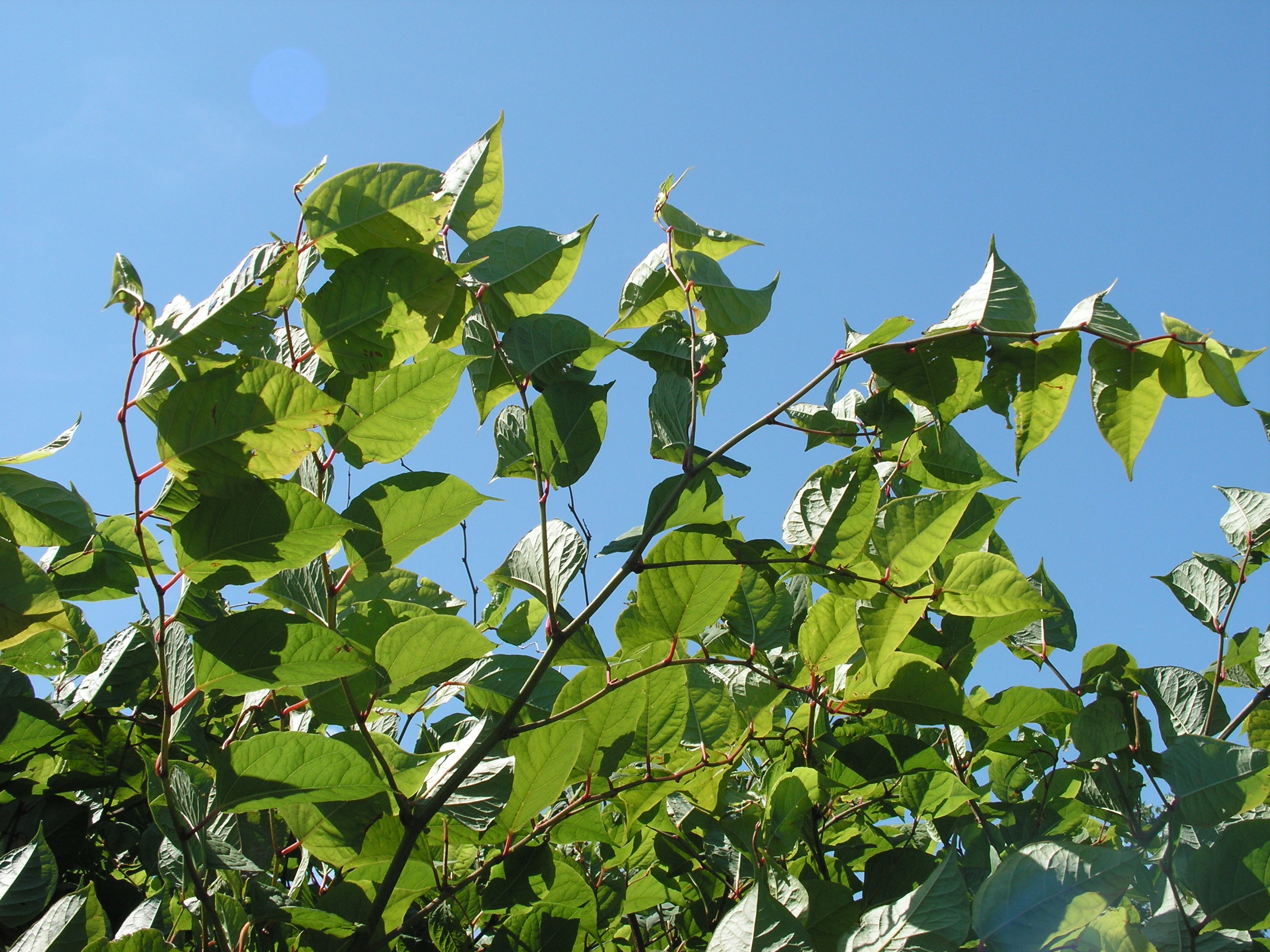
Wembley Construction Site
case study: Construction site in Wembley tackles Invasive Weeds
In this case study, we look at some of the challenges that a large construction operation in Wembley, London had when they ran into invasive weeds Japanese knotweed and Giant hogweed.

KEY CASE STUDY HIGHLIGHTS
 the brief
the brief
Having successfully tendered for this project we were awarded the contract to eradicate stands of Japanese knotweed and Giant hogweed from a large site next to the river Brent. As these plants are listed within Section 14, Schedule 9 Part II of the Wildlife & Countryside Act 1981, once their presence was recorded a control strategy was recommended. The works involved survey, treatment and excavation.
 The challenges
The challenges
Our survey to investigate the site was complicated as the INNS had undergone previous chemical treatment, disguising their true extent, and removal of trees and vegetation from some areas of the site were required to provide better access and to enable a full investigation. A particular consideration for this site was the proximity of the INNS to the River Brent which meant implementing a full H&S strategy. The survey also identified INNS on a small parcel of land which was inaccessible to machinery due to a copse of trees that were to be retained. Removal of trees and vegetation from some areas of the site was required to provide better access and to enable a full investigation.
 our solution
our solution
Our survey recorded active and chemically treated areas of Japanese knotweed to be 163m2, with Giant hogweed totalling 9172, both of which were spread over wide, multiple areas of the site. A particular consideration for this site was the proximity of the INNS to the River Brent. Three issues were identified that influenced our proposals:
- Tree stumps and tree roots close to the River Brent wall needed to be left in situ, as removing them could affect the structural integrity of the river wall.
- Full depth excavation of knotweed rhizome along the river had the potential to destabilise the wall.
- The plant could not access within 25m of some affected areas adjacent to the riverbank.
Read the full case study to see how we overcame these issues.
 the outcome
the outcome
- In total, over 930 tonnes of waste materials were removed from site as controlled waste, carried by registered waste carriers, and disposed of at a specially licensed landfill site.
- All waste tracking records were provided to the client along with the completion of a work validation report, detailing and recording all the remedial works undertaken, including pictures, and completed works site plans. These reports are retained by the principal contractor who normally includes them within the development’s operations and maintenance manuals.
- An ongoing 3-year Herbicide Treatment Programme is now in place for the infestations that could not be excavated.

